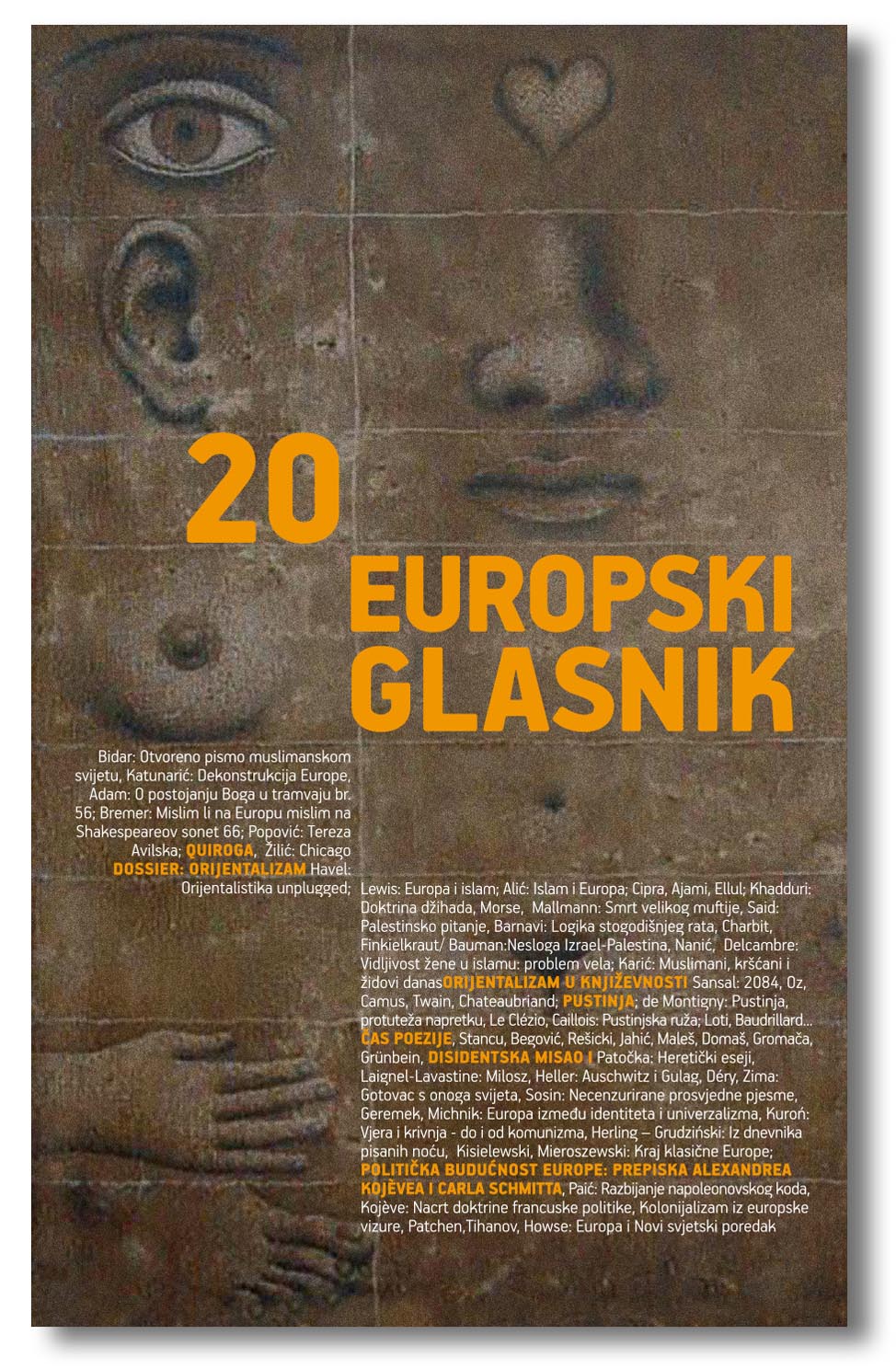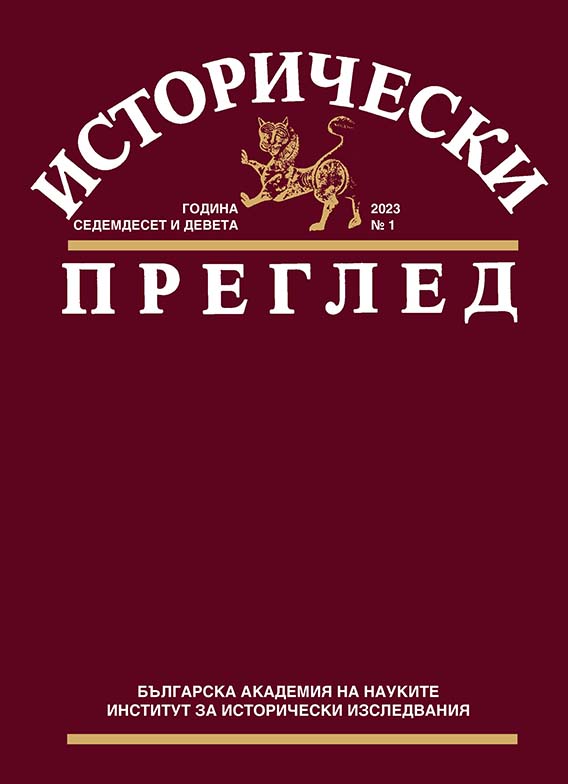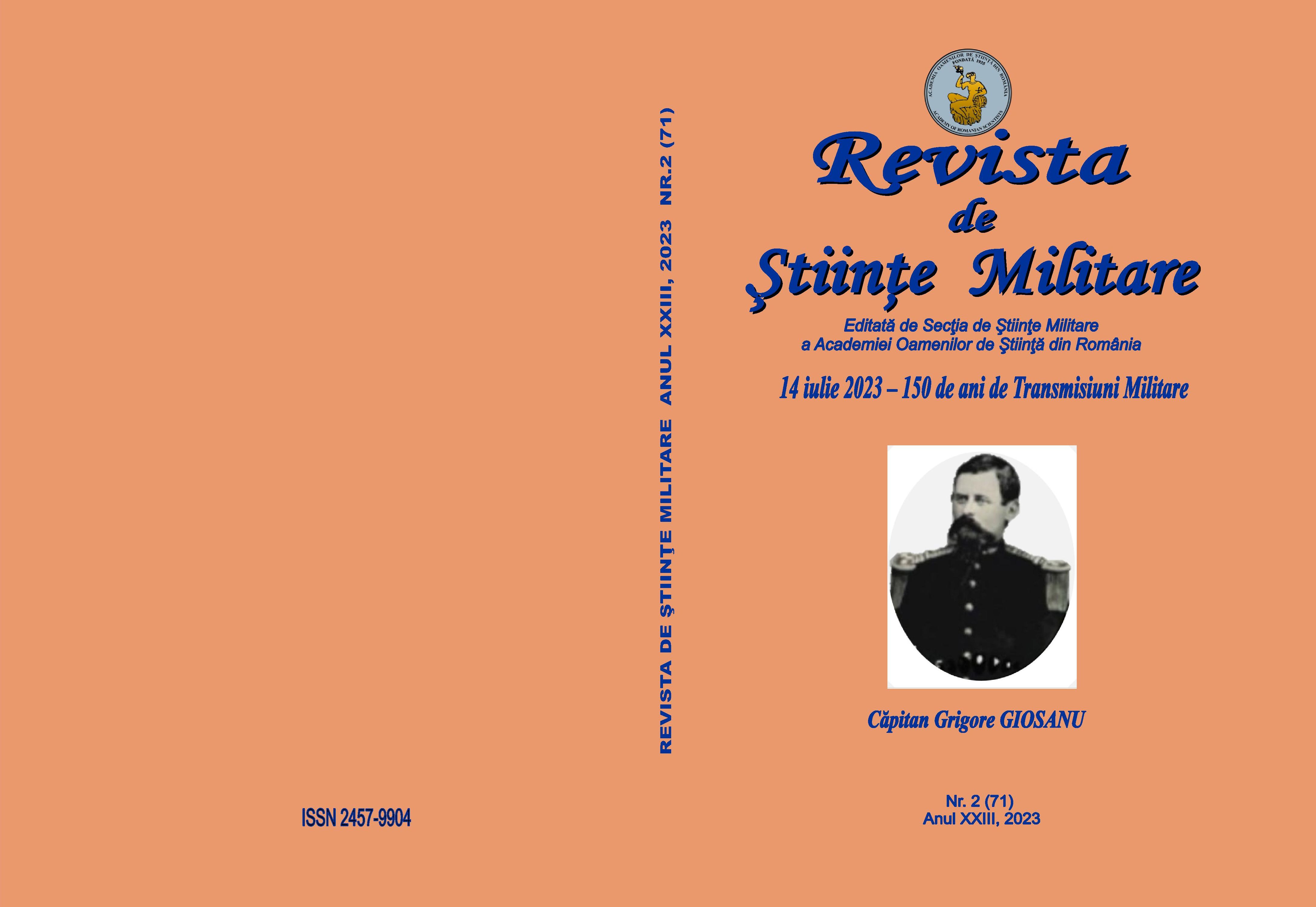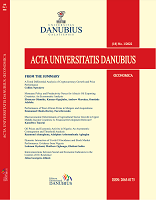Author(s): Līna Birzaka-Priekule / Language(s): Latvian
Issue: 26/2022
The goal of this article is an in-depth analysis of subject matter in Kristaps Ģelzis’s (1962) oeuvre, attempting to specify important trajectories in the artist’s development. Ģelzis is considered a master of Latvian contemporary art whose career dates back to the 1980s. He has participated in both local and international exhibitions. Ģelzis is one of the so-called trespassers’ generation of artists along with Oļegs Tillbergs (1956), Ojārs Pētersons (1956), Sarmīte Māliņa (1960), Andris Breže (1958) and others known for their different artistic means of expression and broadening the concept of art in Latvia. Ģelzis also belongs to the so-called first generation of conceptualists whose manifestations were characterised by expansive and imaginative installations, large-scale serigraphs as well as meticulously refined procedural works. The range of media used by Ģelzis is almost unlimited. He expresses himself in any available material or medium; what matters is that the specific medium resonates with and executes the artist’s sharp-eyed and typically witty insights. Therefore, this article focuses on the growing significance of the content-based dimension of Ģelzis’s work, which is becoming a major point of reference for any analysis of specific stages of his oeuvre, placing thematic analysis centre stage.Assessing Ģelzis’s oeuvre over time, one must conclude that socio-political critique thematically prevails. In the context of Latvian contemporary art, Ģelzis is among the few whose artistic output is also notable for a sharp, candid, ironic and critical reaction to the events of the day in both local and international contexts. Ģelzis utilises individual history and experience (the environment, state, political events and consequences arising from systemic changes) to introduce his observations and to speak candidly and ironically about the nature of socio-political transformations and their impact on society. He possesses a sensitive command of symbolic elements of the local environment, which he masterfully integrates into his works, reflecting on the societal issues of the day. Oftentimes, Ģelzis’s works are characterised by the presence of humour and paradox in which the observation or image of a specific event fit into the broader logic of events.In the late 1980s and early 1990s, it was criticism of the Soviet apparatus, the relationship between the individual and authority with its ideological manifestations in the context of current socio-political events and changes (“Above I”, “Above II”, “Aggression”, all 1987; “Fall”, “Dismantling the Wall”, both 1988; “Laundry Day”, 1990). During his career, Ģelzis has focused in-depth on the relationship between authority and control (“Monument”, 2009, “Once Again Nothing’s Happening”, 2010). During the 1990s transition from the socialist system to the transnational capitalist society, criticism of capitalism and consumer society began to appear in Ģelzis’s works, manifested through his use of global pop culture images, along with criticism of brands (“The Stuffed Free Potato Eater”, 1997; the “Mask” series, 2001–2002; “Mrs Smith’s DNA”, “Britney’s Strings”, both 2007). Thereafter, he created critically-oriented, symbolic references to domestic and international political events in various media (“Fire Centre”, “Swedish Buffet”, both 1997; “Bin Fear”, 2007; “Sand Castle”, 2012), paying particularly critical attention to issues of Latvian national identity and the concept of statehood (“What’s Happening in Latvia”, 2005; “Flag”, 2013; “Anthem”, 2015). The artist was also preoccupied with ecological crises and environmental problems (“Shoots”, 1987; “Eco Yard 2000”, 1994–2004; “Countryside LV” and “Countryside U.S.”, 2000; “Plastic Coffee”, 2007; “The Run for a Million”, 2008).Ģelzis’s art should not just be considered in the context of socio-political references. At the start of the 1990s, before turning to the societal impacts of pop arty kitsch, the artist created formally laconic objects and installations in a style reminiscent of minimalism, which were more centred on the work of art itself, examining its nature and the mechanisms of perception (“Three Graces”, 1990; “Language Lesson”, “Power Box”, “Structure”, all 1992; “Twin Elements”, 1994). His work “Dream Journey” (1994) is notable for the interplay between language and form typical of a linguistic conceptualist. A subject of particular importance to Ģelzis (especially during the period when he had to divide his attention between his artist’s career and job in an advertising agency), concerned the artist’s role in society (“Nothing Personal”, “Personal Cube (Parade Self-Portrait)”, both 2001; “One Hundred Years”, 2005; “Art Police”, 2010), which he often examined using his own self-image. In contrast, Ģelzis’s Venice Biennale exhibition “Artificial Peace” (2011), which contemplated the relationship between contemporary monumental painting and landscape, was distinctly poetic.Reflecting upon Ģelzis’s body-of-work, one deduces that it is challenging to systematize the artist’s oeuvre according to specific media or thematic developments, because he works in an extremely furcated manner. He uses the most eclectic media including graphic art, painting, installation, video, digital print, and found art among others, because what matters most is a credible execution of the idea in his mind. In the context of Latvian art, Ģelzis’s postulation stands out through the fact that in his installations, large watercolours, found objects, video works and sheet paintings, he continually talks about the events of his time, stating his position on issues of relevance to the state and the public, at the same time concentrating his attention on the artworks’ form and the idiosyncrasies of perception. Ģelzis is a sensitive observer, who finds an infinite source of new ideas for execution in the public and social space, often toying with the aspects of socio-political critique. He combines the completeness of the crafted work of art with unexpected, ironic and thought-provoking interpretations of domestic and global aspects of socio-political events. In Ģelzis’s oeuvre, one can discern certain subjects that change over time or interact, which the artist has been interested in throughout his career: the relationship between the individual and authority, interest in environmental issues, depiction of topical socio-political events, criticism of global pop culture, as well as interest in the mechanisms of perception and the artist’s role in society. It would be valuable to prepare a comprehensive and analytical description of Ģelzis’s oeuvre, including the artist’s biography, a list of his exhibitions, as well as focusing in-depth on specific aspects of his work. Likewise, an all-encompassing exhibition of Ģelzis’s works would provide the opportunity to view and contextualise the oeuvre of this major Latvian contemporary artist from the 1980s through to the present day.
More...



















